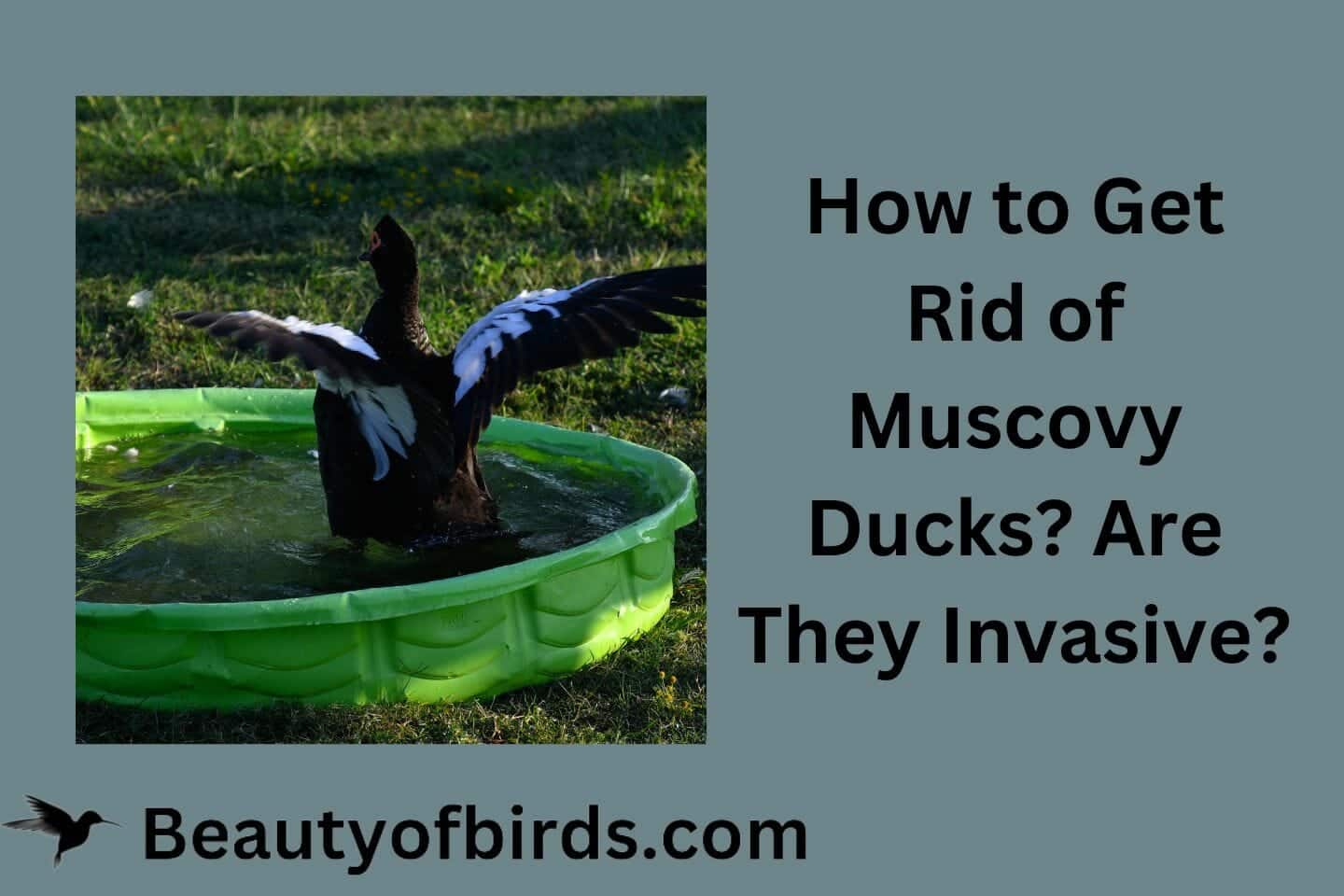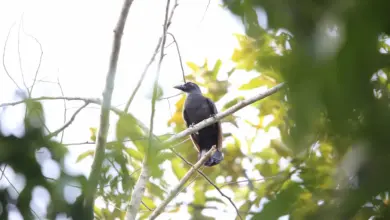Hood Mockingbirds or Española Mockingbirds
Mockingbirds … Mimus
The Hood Mockingbirds (Nesomimus macdonaldi) or Española Mockingbird is a species of bird in the Mimidae family. It is endemic to Española Island in the Galápagos Islands, Ecuador.
Appearance
Similar to the other species of Galápagos Mockingbirds, this species has a mottled gray and brown plumage with a white underbelly. A long tail and legs give the bird its distinctive appearance.
The species has a long, thin beak, useful for tapping into the eggs of seabirds. The species has the largest bill of any of the Galápagos mockingbirds. The species, along with the other Galápagos Mockingbirds, appears to be a descendant of the mainland Mimus longicaudatus, the Ecuadorian Long-Tailed Mockingbird.
Habitat
Its natural habitats are subtropical or tropical dry forests and subtropical or tropical dry shrubland. Found only on Española Island, the bird can be found throughout the dry scrub of the island.
Diet
The species has an omnivorous diet but is mainly a predator or scavenger. The species will eat the eggs of seabirds nesting on the island, as well as eat from dead animals and kills made by other predators such as the Galápagos Hawk.
Behavior
The bird is extremely aggressive, and curious, and has no fear of humans whatsoever. The bird will chase after tourists in search of food, drink, or any unusual object. In some cases, the species will attempt to steal water from tourists by pecking at their water bottles.
The birds have a strong social structure organized into family groups. Highly territorial, these groups will cooperatively hunt within their area as well as defend it against other groups. Lower-ranking members of the group will assist in caring for the young.
Status
The bird is considered to be vulnerable in the wild by BirdLife International due mainly in part to its limited area. The fragile ecosystem and high risk of adverse weather conditions put the species at particular risk of population loss. It is estimated that there are less than 2,500 left in the wild.
Copyright: Wikipedia. This article is licensed under the GNU Free Documentation License. It uses material from Wikipedia.org … Additional information and photos added by Avianweb.
Please Note: The articles or images on this page are the sole property of the authors or photographers. Please contact them directly with respect to any copyright or licensing questions. Thank you.




